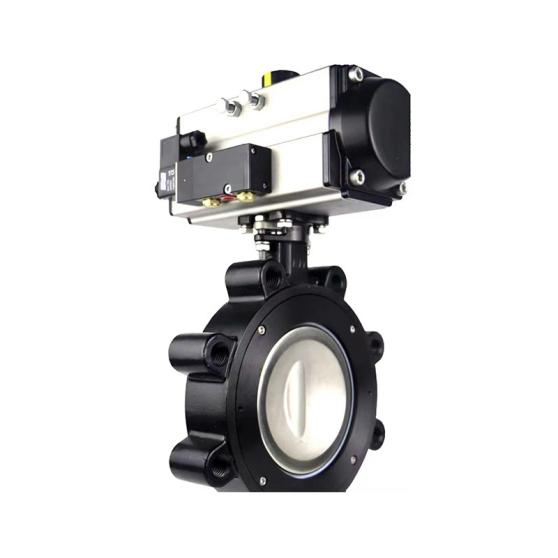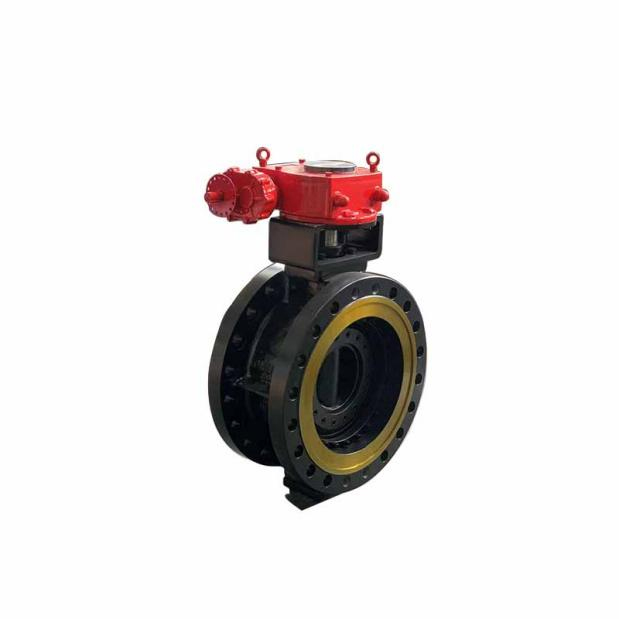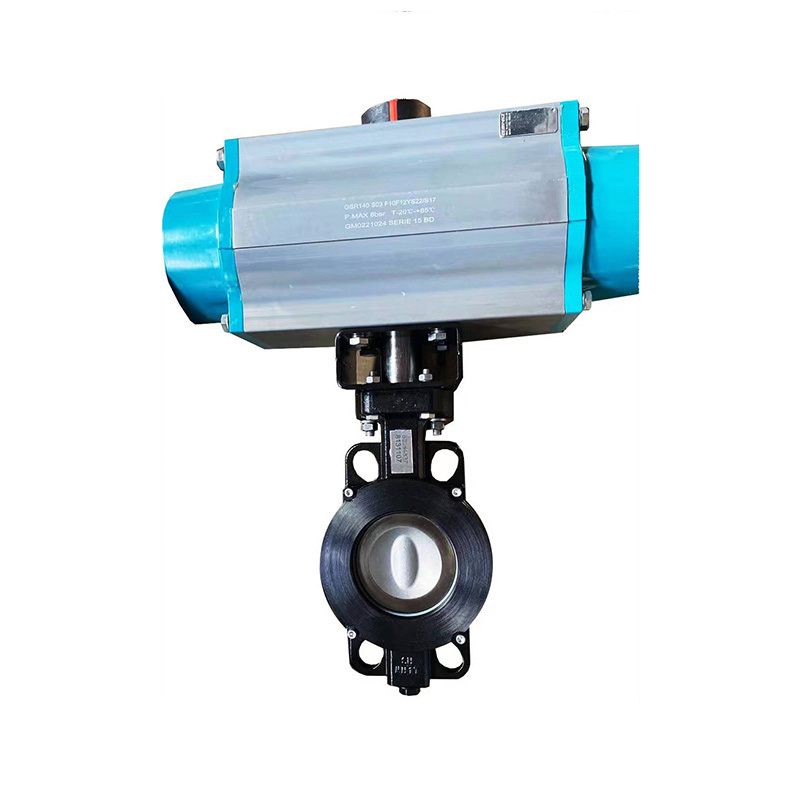Butterfly Valves Design and Applications
Thursday, 04 July 2024
Butterfly valves are a type of valve used to control the flow of a fluid through a pipe. They are known for their quick operation and compact design.
Design: Butterfly valves consist of a valve body, a valve plate (disk), and a valve stem. The valve plate rotates around the valve stem to control the flow. The design allows for a 1/4 turn operation, which is efficient and easy to control.


Classification:
1. Double Offset Butterfly Valve: The valve stem is offset from the centerline of the valve plate, which reduces wear and friction on the sealing surface .
2. Triple Offset Butterfly Valve: This valve features three offsets, which provide a conical seating surface for metal-to-metal sealing contact. It is ideal for high temperature and high pressure applications .
3. Flanged Butterfly Valve: These valves have flanges fused directly to the valve body, eliminating the need for separate flanges in the pipeline .
4. Lugged Butterfly Valve: Characterized by threaded inserts or lugs on the outer circumference, which serve as connection points for bolts during installation .
5. High-Performance Butterfly Valve (HPBV): These are advanced types of butterfly valves designed for harsh conditions, offering robust structures and tight sealing .

Usage Environments:
- Butterfly valves are used in various industries such as agriculture, chemical processing, wastewater systems, food processing, and the oil industry. They are also used in pharmaceutical production for precise movement of medications .
- They can be used in HVAC systems for air flow regulation and in water treatment plants .
- Suitable for applications requiring frequent maintenance, such as in the petrochemical industry .
- Can be applied in systems that need a long service life, especially those handling viscous or erosive fluids .
Comparison with Gate Valves:
- Butterfly valves are generally faster to close than gate valves, but this can lead to a phenomenon known as "water hammer," where there is a sudden increase in pressure due to the abrupt stop or change in direction of the fluid flow .
- Butterfly valves offer more control over the flow rate when compared to gate valves, which are primarily operated on an open/close basis .
Installation and Maintenance:
- When installing, the valve disc should be in the closed position, and the opening position should be determined by the rotation angle of the disc .
- For valves with a bypass valve, the bypass should be opened before opening the main valve.
- Follow the manufacturer's installation instructions, and for heavier valves, a solid foundation should be set up.
Common Faults:
- The rubber elastic body in the butterfly valve may experience tearing, wear, aging, perforation, or even detachment during continuous use. Modern repair methods often use polymer composite materials instead of traditional methods .
In summary, butterfly valves are versatile and are designed for a variety of applications where quick and precise flow control is required. Their design allows for easy operation and maintenance, making them a popular choice in many industrial settings.
